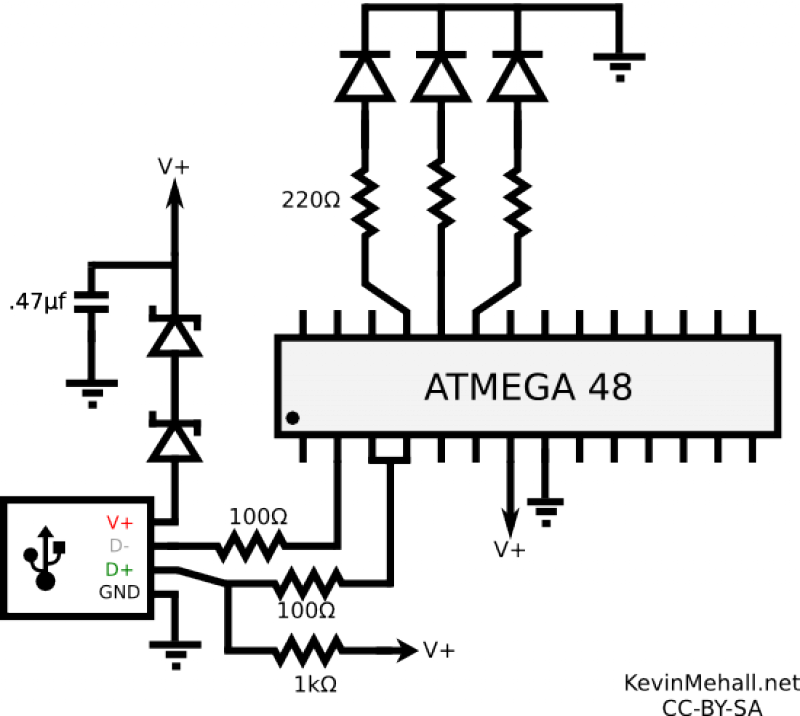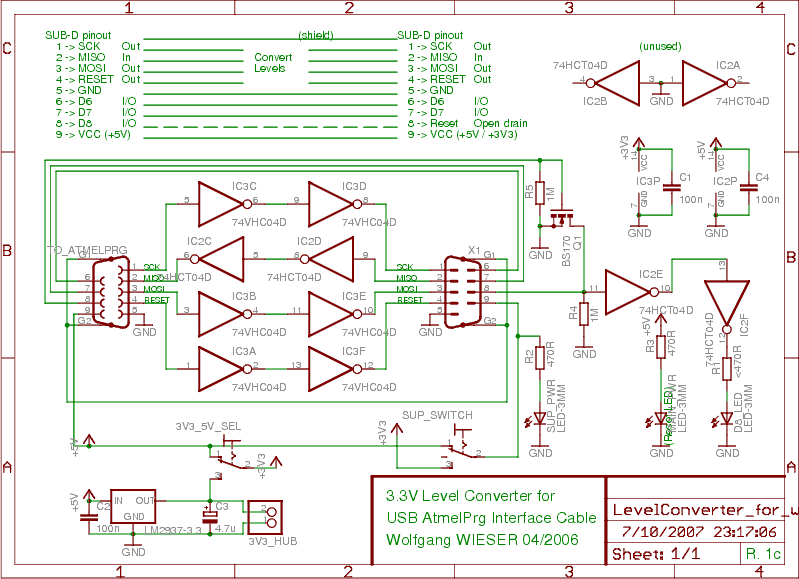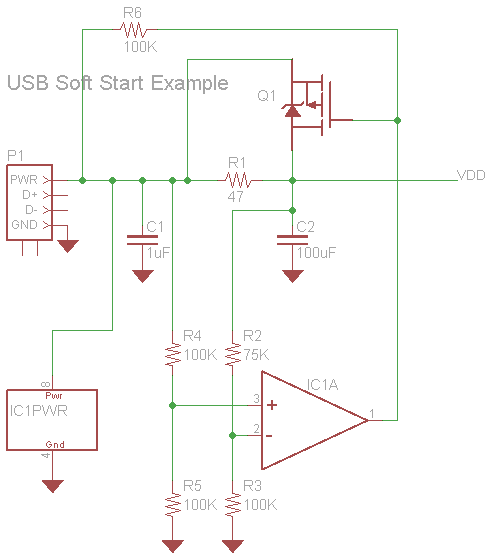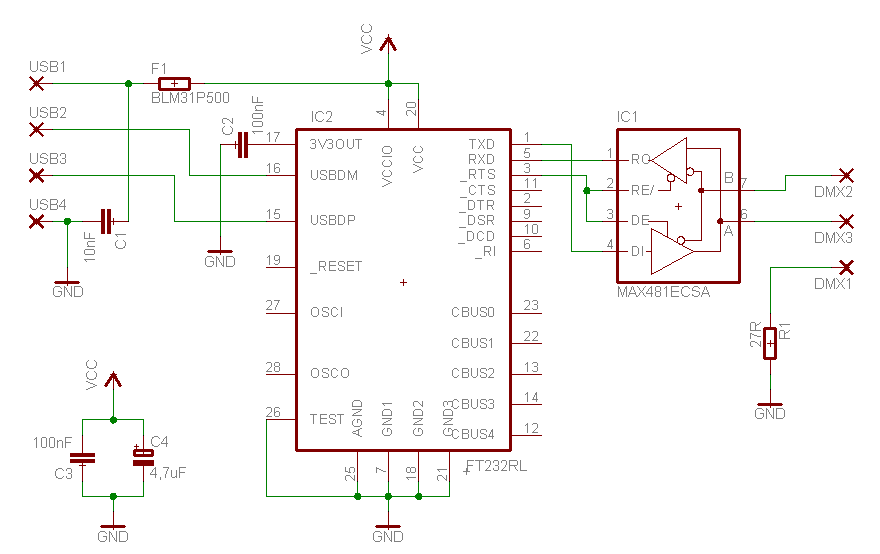
USB Sound Card with PCM2902
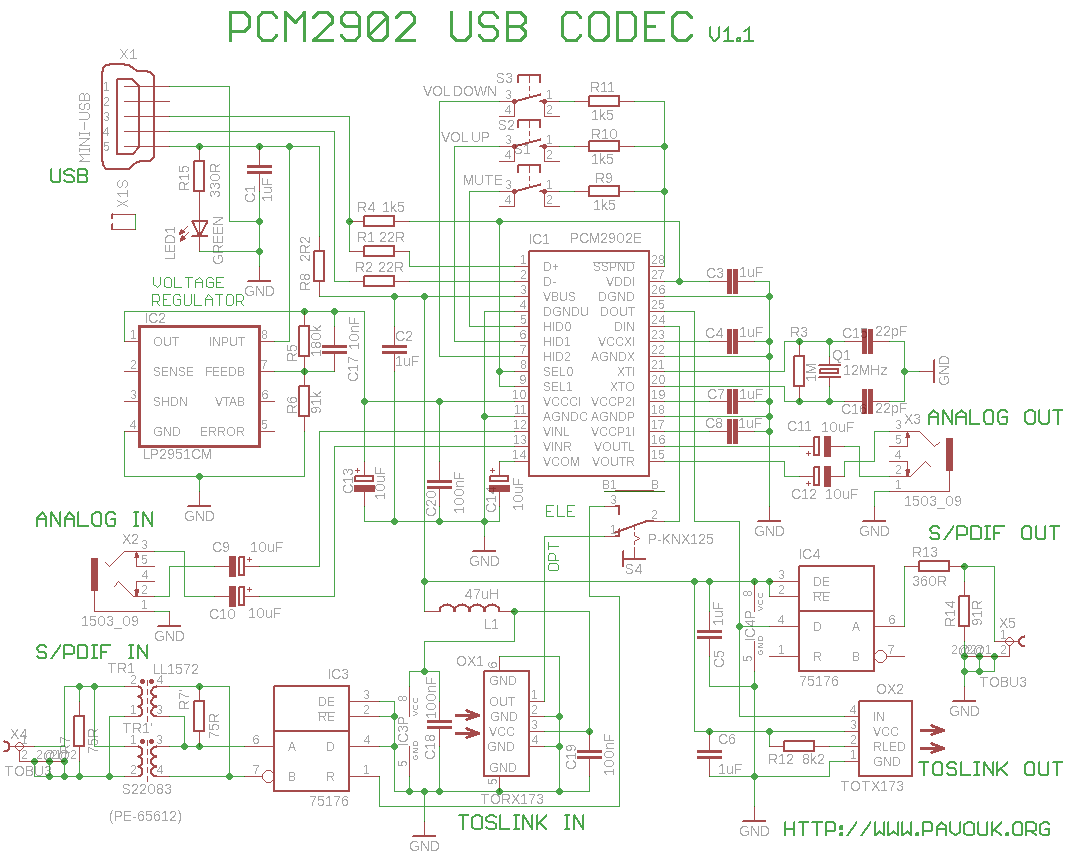
This is a USB sound card featuring the PCM2902 chip. It was designed to test the D/A converters and includes a simple circuit based on the PCM2902. The sound card is equipped with analog input and output, an electrical S/PDIF output, galvanically isolated input, and optical input and output (TOSLINK). The core of the USB sound card is the PCM2902, which serves as a complete USB codec. The circuit supports a maximum sampling frequency of 48 kHz. The integrated circuit comprises a USB controller for A/D and D/A conversion, a Human Interface Device (HID) component for three buttons, volume control, custom converters, and an S/PDIF encoder and decoder.
The USB sound card utilizing the PCM2902 chip is a versatile audio interface designed for high-quality sound processing. The PCM2902 is a highly integrated device that combines a USB audio controller with analog-to-digital (A/D) and digital-to-analog (D/A) conversion capabilities. This chip operates efficiently at a sampling frequency of up to 48 kHz, making it suitable for various audio applications.
The analog inputs and outputs allow for direct interfacing with microphones and speakers, facilitating real-time audio capture and playback. The inclusion of an electrical S/PDIF output provides a digital audio interface that can connect to external digital audio devices, ensuring high fidelity in audio transmission. The galvanically isolated input enhances the device's immunity to ground loop issues, reducing the risk of noise interference.
Moreover, the optical TOSLINK input and output enable the connection of fiber-optic audio equipment, which is beneficial for long-distance audio transmission without degradation. The PCM2902's integrated USB controller simplifies the connection process to computers, eliminating the need for additional components to manage USB communication.
The presence of a Human Interface Device (HID) section allows for user-friendly interaction through three buttons dedicated to volume control and other custom functions. This feature enhances the usability of the sound card, providing users with direct access to audio adjustments without needing to interact with software controls.
Overall, the design of this USB sound card with the PCM2902 chip showcases a comprehensive approach to audio processing, combining multiple functionalities into a single compact device suitable for both amateur and professional audio applications.This is USB sound card with PCM2902 chip. For the purpose of testing the D / A converters, I built a simple USB sound card with the circuit PCM2902. The card has analog input and output, an electrical S / PDIF output, galvanically separated input and optical input and output TOSLINK.
The heart of USB sound card is PCM2902 it is a circuit connection, which is a complete USB codec. The circuit can handle up to 48kHz sampling frequency. The integrated circuit includes a USB controller for A / D and D / A converter, HID part for 3 buttons, volume control, custom converters and S / PDIF encoder and decoder 🔗 External reference
The USB sound card utilizing the PCM2902 chip is a versatile audio interface designed for high-quality sound processing. The PCM2902 is a highly integrated device that combines a USB audio controller with analog-to-digital (A/D) and digital-to-analog (D/A) conversion capabilities. This chip operates efficiently at a sampling frequency of up to 48 kHz, making it suitable for various audio applications.
The analog inputs and outputs allow for direct interfacing with microphones and speakers, facilitating real-time audio capture and playback. The inclusion of an electrical S/PDIF output provides a digital audio interface that can connect to external digital audio devices, ensuring high fidelity in audio transmission. The galvanically isolated input enhances the device's immunity to ground loop issues, reducing the risk of noise interference.
Moreover, the optical TOSLINK input and output enable the connection of fiber-optic audio equipment, which is beneficial for long-distance audio transmission without degradation. The PCM2902's integrated USB controller simplifies the connection process to computers, eliminating the need for additional components to manage USB communication.
The presence of a Human Interface Device (HID) section allows for user-friendly interaction through three buttons dedicated to volume control and other custom functions. This feature enhances the usability of the sound card, providing users with direct access to audio adjustments without needing to interact with software controls.
Overall, the design of this USB sound card with the PCM2902 chip showcases a comprehensive approach to audio processing, combining multiple functionalities into a single compact device suitable for both amateur and professional audio applications.This is USB sound card with PCM2902 chip. For the purpose of testing the D / A converters, I built a simple USB sound card with the circuit PCM2902. The card has analog input and output, an electrical S / PDIF output, galvanically separated input and optical input and output TOSLINK.
The heart of USB sound card is PCM2902 it is a circuit connection, which is a complete USB codec. The circuit can handle up to 48kHz sampling frequency. The integrated circuit includes a USB controller for A / D and D / A converter, HID part for 3 buttons, volume control, custom converters and S / PDIF encoder and decoder 🔗 External reference
